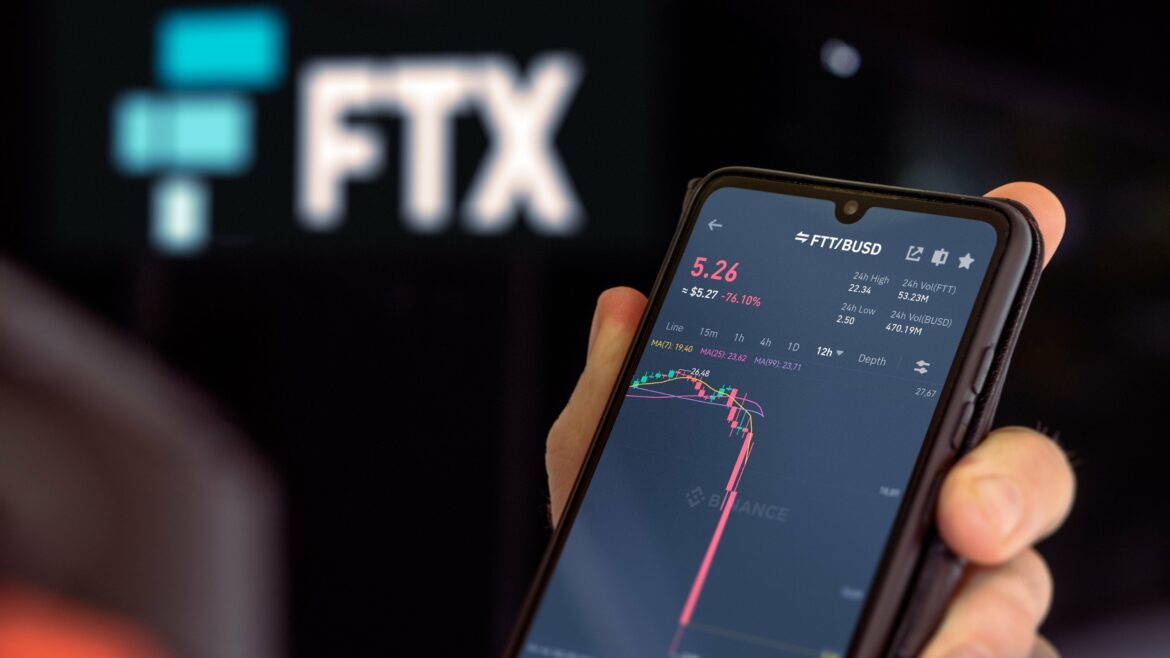The first red flags
Not long after Bankman-Fried started FTX, crypto began to boom. The price of bitcoin, which had traded at around $10,000, shot up in 2021, peaking at more than $64,000. Venture capital money flooded into all things blockchain and crypto, and crypto platforms moved to attract customers beyond the technologists and blockchain evangelists that once fueled its rise.
The price of bitcoin, generally seen as an indicator of the broader crypto market, declined dramatically from its late 2021 heights. It now trades at around $16,000. Other crypto and token values followed suit.
The broader crypto industry decline had already forced many major platforms to shut down, but FTX seemed immune, even buying up some of its struggling competitors.
But things began to change earlier this month, when the balance sheet of a crypto investing firm that was also owned by Bankman-Fried, Alameda Research, was published by CoinDesk, a crypto-focused digital media website.
A virtual bank run
After Alameda’s balance sheet was leaked, Changpeng “CZ’’ Zhao, CEO of the crypto platform Binance, a rival of FTX, announced on Nov. 6 that his company would sell off all its FTT tokens. The price of FTT dropped sharply.
As the price dropped, many FTX customers moved to withdraw their assets from the platform. Though the extent of the connections between Alameda and FTX were not yet public, a series of recent crypto platform collapses had already put the crypto community on edge.








